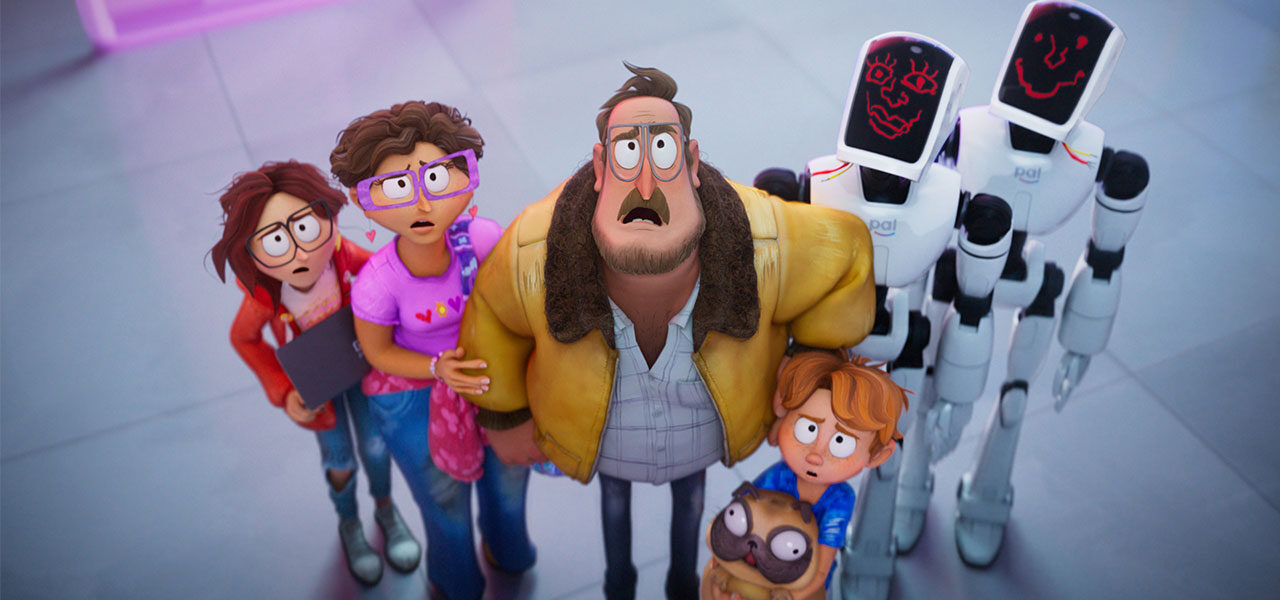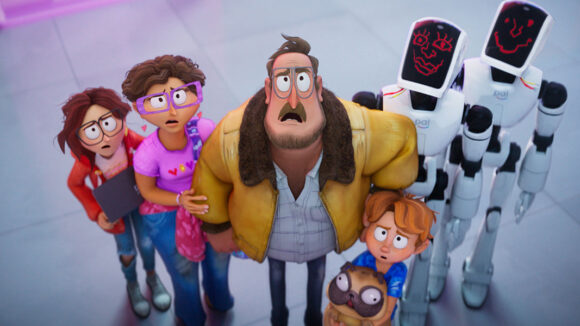

The Animation Guild Is Fighting For A New Contract: What You Need To Know
After a long delay, The Animation Guild (TAG) is negotiating a new union contract with the Alliance of Motion Picture and Television Producers (AMPTP), which represents employers.
Why is this happening now?
TAG’s last master agreement was ratified in 2018 for a three-year term, so it is due to expire. The union’s negotiations with the AMPTP couldn’t begin until IATSE, TAG’s parent union, had ratified its new basic agreement. That (narrowly) happened last month, so negotiations are now underway.
Who is negotiating for TAG?
The committee consists of around 50 volunteers drawn from the union membership. TAG has close to 6,000 active members in all, and most live in Los Angeles.
When will the negotiations last until?
They began on Monday and are due to run until today, December 2. They were supposed to start in June, but were delayed as IATSE’s negotiations with the AMPTP ran on.
Isn’t this just about animation writers?
No, it’s for all artists and workers represented by The Animation Guild. Over the past month, writers have waged a prominent campaign of their own, using the hashtag #PayAnimationWriters. They point out that minimums for live-action writers, who are covered by the Writers Guild of America, are at least double their own: $3,964 to $5,059 per week, in contrast to $2,064 in animation (as of May 1, 2021).
TAG backs this campaign, which has the benefit of offering a clear comparison point between industries: live-action and animation writers essentially do the same job, after all. But the union stresses that it is determined to strike a better deal for all animation jobs, and workers have been demanding this online as part of the campaign #NewDeal4Animation.
So what is TAG asking for, exactly?
The items on the agenda are being kept under wraps for now, as is common during union negotiations, so we don’t know for sure. A central issue: wage increases. The cost of living in Los Angeles has skyrocketed in recent years, but industry wages have not kept up with inflation. Another long-running point of contention among industry workers is how producers commission a single season of a series, but release it to the public as multiple seasons. This means that artists never receive pay increases for second and third seasons because internally their contracts are only for a single season. Streaming contracts, which union members have been talking about a lot, are likely to be another item on the agenda.
What’s wrong with streaming contracts?
The union argues that the terms covering productions for streaming (also referred to as “new media”) are outdated. They are less favorable to workers — reduced minimums, less holiday, etc — as they were agreed back when streaming was a far smaller, riskier business.
Now it is hugely profitable and animation is central to many platforms’ content slates, so TAG believes it is time to revamp this part of the agreement. Jim Soper (character designer on Looney Tunes Cartoons) captured the sentiment with an illustration:
Small screens no longer mean small budgets. #streaming is thriving, and #animation is a big part of it. We deserve a better contract to reflect this growth!#NewDeal4Animation #WeAre839 #WePowerAnimation #newmedia #AnimationGuild pic.twitter.com/6msvPedcub
— Jim Soper (@JimSoper4) December 1, 2021
Is anything else different from the 2018 negotiations?
As we know, animation weathered the pandemic well, with teams continuing to work almost uninterrupted from home. Some live-action shows even turned to the medium to produce episodes when their sets shut down. There is a sense among many animation workers that their efforts in the past 18 months should be recognized. Some union members have said that they sense more interest in the negotiations this time around.
Image at top: “The Mitchells vs. the Machines,” which was released on Netflix this year
